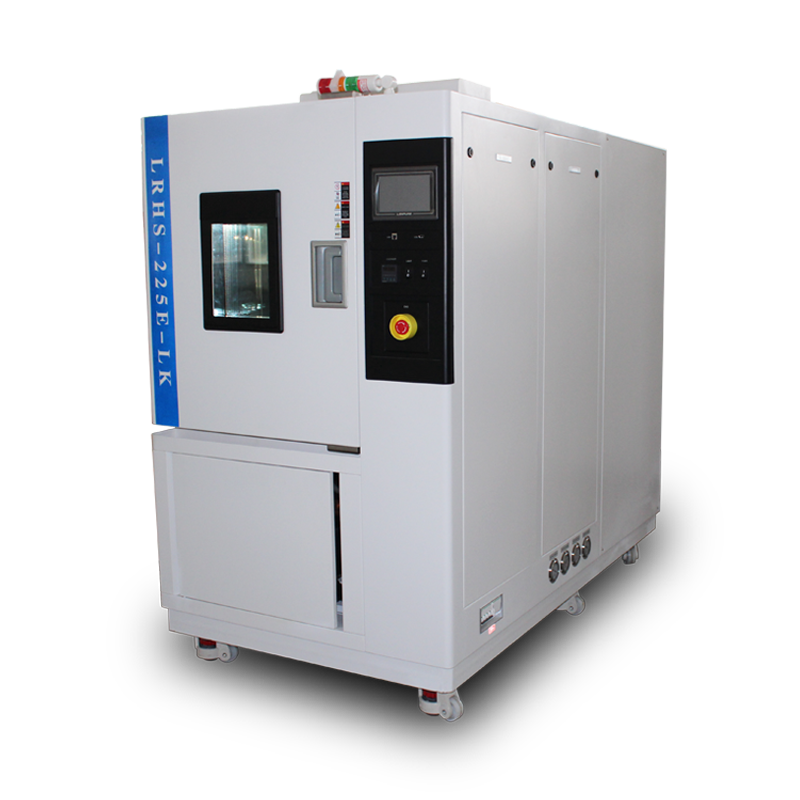A rapid temperature change test chamber (also known as a thermal cycling test chamber) is a device used to assess the durability of products under rapid temperature variations. This equipment simulates extreme temperature fluctuations in natural environments to test the performance and stability of materials and products when subjected to rapid transitions between high and low temperatures.
Key Features and Functions of Rapid Temperature Change Test Chambers:
- Wide Temperature Range: Capable of setting a broad range from low to high temperatures to meet the testing needs of various products.
- Fast Heating and Cooling Capability: These chambers typically feature excellent heating and cooling rates, allowing rapid temperature changes to simulate real-world temperature fluctuations.
- High Repeatability and Accuracy: Precise control ensures the repeatability of each test cycle, making evaluation results more reliable.
- Multiple Testing Modes: In addition to temperature cycling, many chambers can incorporate humidity control for temperature-humidity alternating tests, providing a more comprehensive assessment of product durability.
- Data Recording and Analysis: Modern equipment is often equipped with data logging systems, facilitating analysis and archiving of test data.

Significance of Product Durability Evaluation:
By using rapid temperature change test chambers, companies can:
- Identify Potential Defects: Simulate extreme conditions to test product performance under stress, uncovering design flaws or material incompatibility issues early.
- Enhance Product Quality: Test results can be used to improve product design and material selection, thereby increasing overall product quality and lifespan.
- Comply with Regulatory Requirements: Certain industries (such as electronics, automotive, and aerospace) have strict durability regulations, and rapid temperature change testing helps companies meet these standards.














